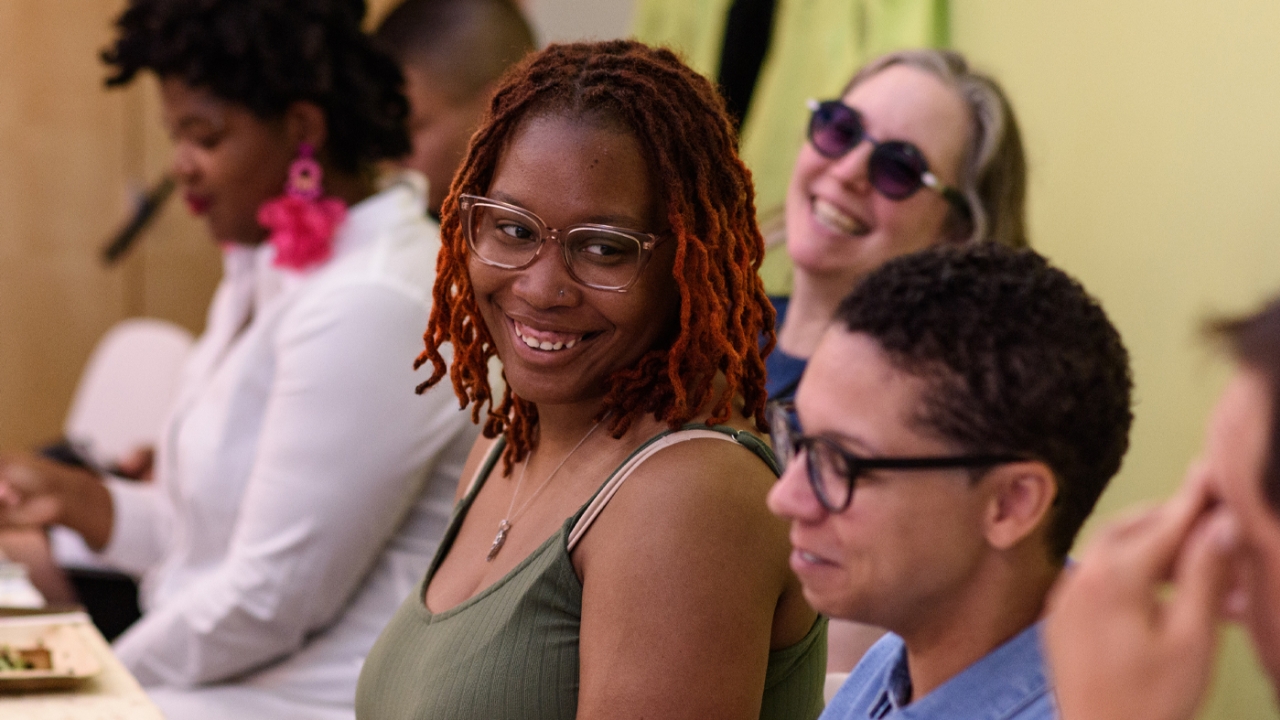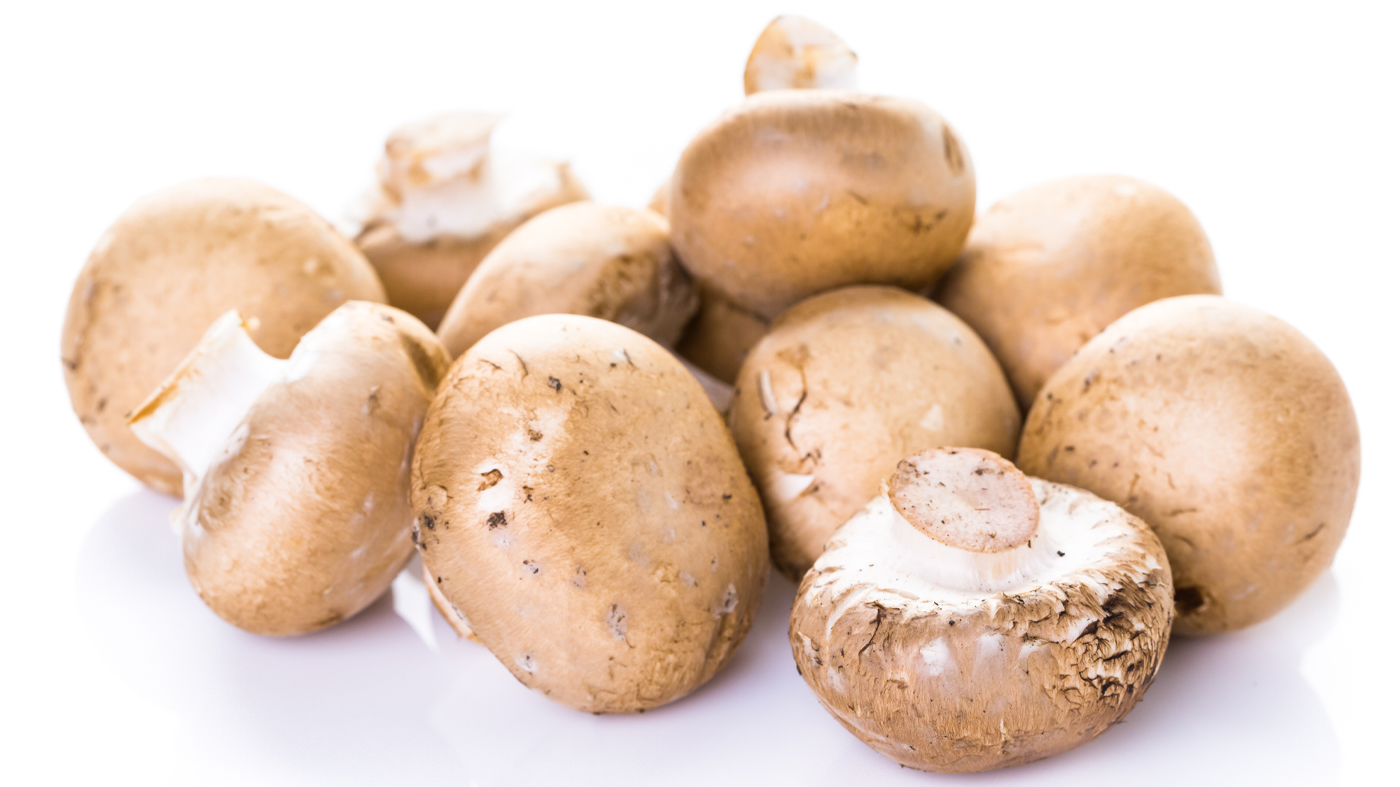

Taste of Community
Chicago Botanic Garden,
Main Campus
Alex Schneider
Gomba Leves
For me, preparing a meal for others is always a stressful joy.
For me, preparing a meal for others is always a stressful joy. Stressful because I inevitably need to multiply ingredients to the nth degree and math is not my forte; stressful because I always forget one key ingredient at the store and need to rush back at the 11th hour; stressful because I, of course, want people to like what I make, and not make me second and third-guess why I didn’t just grab a rotisserie chicken from Costco like I originally was tempted to do. But ultimately, the stress is outweighed by the joy that comes from sharing a part of myself by cooking for others and nine times out of ten hearing them make, as Gene Wilder so eloquently stated in Young Frankenstein, a “yummy sound.”
When thinking about what to make for this particular experience, I knew it was important to share a part of my culinary heritage that doesn’t get too much limelight. I don’t talk a great deal about my family’s Hungarian roots, mostly because as an English, Scottish, Irish, Danish, French, Russian, German, and Hungarian individual, there really isn’t one identity that rises to the surface in majority. However, there are parts of my background that haven’t been as celebrated or as understood, by myself or others. My family were Jewish haberdashers in Budapest who, reading the sociopolitical signs, decided to take a long vacation to America during the interwar period. At least, most of them did. But in commemoration of the few who didn’t make it out, I decided I wanted to make something that they might have shared at their table.
Thus, I returned to the one Hungarian recipe I knew and loved—something that wasn’t goulash or borscht. Gomba leves has several of the classic Hungarian staples: paprika, dill, sour cream…and more paprika. It’s vegetarian, but still quite hearty. It has some sweetness to it, some spice, and a richness that only an unseemly amount of sour cream can create (have mercy on my poor, lactose-intolerant soul).
What follows is an adaptation from a Girl Cooks World recipe, the original form of which I include here. Gomba Leves - Hungarian Mushroom Soup (girlcooksworld.com)
Gomba Leves/Hungarian Mushroom Soup (Alex’s version)
Yield: 4 meal servings


